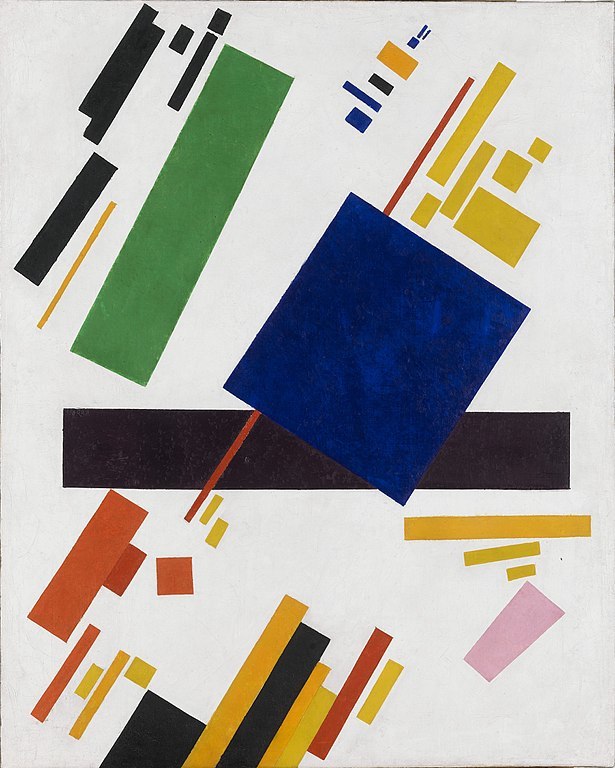Brain Correlates of Aesthetic Judgment of Beauty, by Jacobsen et al.
Researchers at the Institute of Psychology of the University of Leipzig and the Max Planck Institute of Human Cognitive and Brain Sciences, also in Leipzig, proposed to identify “the neural correlates of genuine aesthetic judgments of beauty” (281) through the use of geometrical shapes rather than paintings.
Subjects were asked to describe each of four stimuli as beautiful or not and as symmetric or not. Since earlier studies found that aesthetic judgment is often ruled by symmetry, it was expected that “differences between the brain correlates of aesthetic judgment and symmetry judgment should be solely due to differences of judgment processes per se” (276–277). The use of abstract black-and-white patterns was intended to factor out elements, such as attitudes and memory, said to interfere with aesthetic judgment.
As anticipated, symmetry was the most important predictor of judgments; symmetric and regular pictures were generally found to be more beautiful than the others.
Again, it is difficult to detect here a contribution to aesthetics. Neither a certain preference for symmetry nor the fact that beauty is irreducible to symmetry ranks as a novel insight. In addition, to the extent that aesthetic judgment is judgment, it must involve brain areas engaged in judgment. The ecological validity of the experimental tasks is yet another issue: shouldn’t the “per se” in “aesthetic judgment per se” include the memory, attitudes, and other factors the experiments were designed to exclude (but naturally couldn’t)? And does the experiment succeed in this? Isn’t someone familiar with and liking or disliking Malevich (or op, kinetic, constructivist, or geometric art in general) likely to react to a geometric pattern differently from someone who isn’t? And wouldn’t the judgment be different depending on whether the pattern measures 200×200 cm and hangs in an art gallery with a famous signature on one corner or is ten times smaller and displayed for two seconds on a screen inside a loud and cramped scanner?



















0 comments
Sign in or create a free account